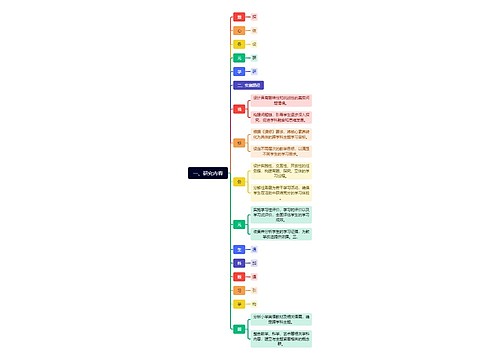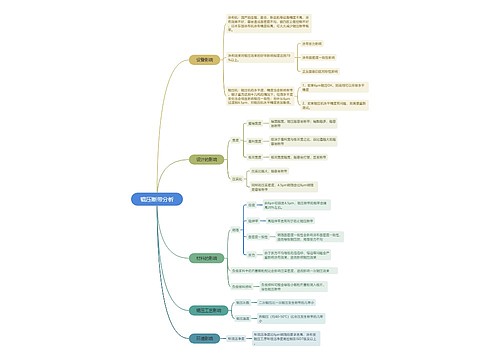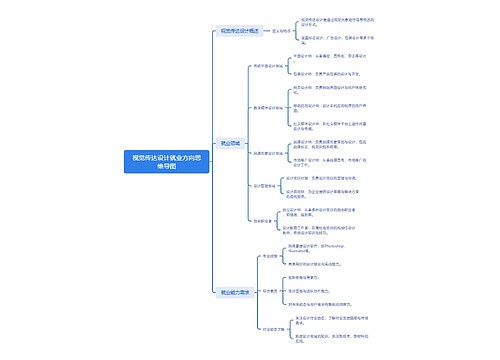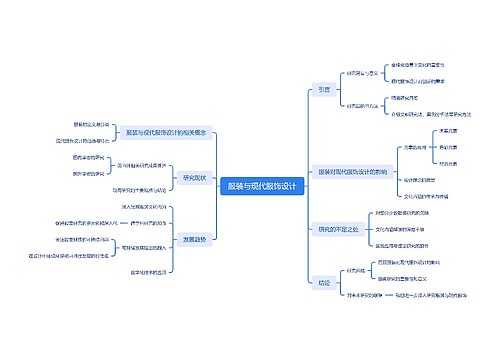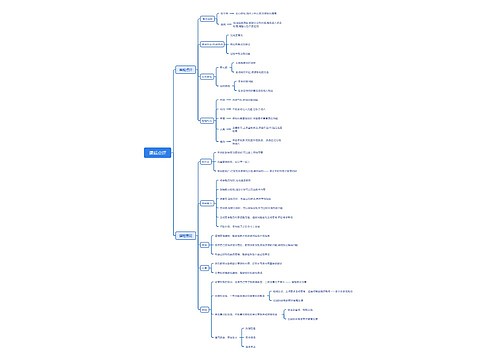
教案一:Unit6 Food and Drinks思维导图
U386360839
2024-12-27

识别关键词
记录关键信息
教师活动
英语教案食品和饮料内容详述
树图思维导图提供《教案一:Unit6 Food and Drinks》在线思维导图免费制作,点击“编辑”按钮,可对《教案一:Unit6 Food and Drinks》进行在线思维导图编辑,本思维导图属于思维导图模板主题,文件编号是:c6e6a74a667e4a2f7aa57ce480b5a02f
思维导图大纲
相关思维导图模版
教案一:Unit6 Food and Drinks思维导图模板大纲
授课课程
英语
授课对象
一年级
授课内容
Listening and Speaking
授课地点
同德
授课时间
授课学时
2学时
内容分析
本课教学内容选自高等教育出版社出版的“十四五”职业教育国家规划教材,《英语1 基础模块》中第六单元的热身(Warming Up)和听说(Listening and Speaking)板块,听说部分,要求学生能在对话交际中获得关于饮食的信息,并谈论与饮食相关的内容。
学情分析
学生来源
和特点
本课授课对象为中职学校一年级新生,由于基础薄弱,许多中职学生对学习缺乏兴趣目标不明确,没有良好的学习习惯和学习方法。他们在学习上常常感到挫败,缺乏自信心和进取心。
学业基础
已有基础:
过
存在问题:
两
认知能力
已有基础:
生
存在问题:
上
学情分析
学习特点
已有基础:
生
存在问题:
生
专业特性
注重理论与实践相结合的综合性学科,旨在培养具备坚实现代生物学基础知识、弄农作物生长发育规律、农作物信息与管理等复合型专门人才。
职业面向
作物生产、作物种子生产、种苗生产、饲料生产、发展养殖业等
学情分析
发展诉求
要有明确的职业规划,注重实践能力的培养,保持积极的学习态度,注重综合素质的提升。
个体差异
一般是指个性差异即个体之间在稳定的心理特点上的差异,包括性格、能力或兴趣等方面的差异。
学习预判
基于客观事实分析进行积极预判,通过换位思考和有效沟通激发学生学习潜力,提升学生专业能力。
教学目标
认知目标
1. Understand conversations about food and beverage, and briefly record key information such as food names and flavors;
2. Accurately apply common sentence patterns to discuss topics related to Chinese and Western cuisine, express dietary preferences, and complete ordering communication, such as:
I’d like…
What would you recommend?
I’ll have…
培养学科核心素养(三科)
Closely combined with the background of the current strategy of rejuvenating the country through science and education, the key role of science education in cultivating students' deep learning ability and adapting to future social changes is emphasized, and project-based learning is one of the important ways to achieve this goal. Share excellent teaching examples, and provide methodological guidance on how to transform abstract scientific concepts into concrete and actionable project tasks through vivid examples.
情感态度
观念目标
Politely and appropriately use common sentence patterns to provide ordering services, such as:
Can I take your order now?
What would you like to have/eat/drink?
Would you like…?
运用目标
Enhance the sense of politeness and respect when providing ordering services to customers.
教学重点
Can inquire and express preferences for common Western and Eastern cuisine.
落实措施
Increase the explanation time and questioning frequency of key content, and conduct in-depth explanations around the key content.
教学难点
Proficient in using vocabulary and sentence structures to describe the names, flavors, and characteristics of restaurants, and completing communicative activities in ordering situations.
解决措施
Design targeted exercises to help students master difficult knowledge during practice. Provide feedback on the practice progress at the same time.
教法
问题教学法、任务驱动法,情境教学法
学法
制定学习计划、注重基础知识、趣味背诵法、交叉复习法
教学策略
先行组织者策略、认知发展策略、行为学习策略
教学环境
利用希沃平台、结合相应教具进行课堂教学
教学资源
教学流程
课前
教学环节
教学内容
教师活动
学生活动
设计意图
Step 1 Warming Up
Choose and talk.
2. Discuss and list.
1.Teacher presentation questions: What food and drinks will you choose for your dinner? Students will reorganize the pictures in the form of group answers to form a balanced menu with meat and vegetables. I'll choose... for my dinner
2.Students will report in groups, select the food in the picture, describe its taste and preferences for the food. For example: Pudding is sweet. I like it very much. /Mapo Tofu is too spicy. I can’t stand it.
1.Students engage in a two person activity, look at pictures, and use the sentence structures provided in the textbook to express their preferences for the food in the pictures. Supplementary sentence structures: I love… /… is my favorite/ I hate…
2.Students and peers discuss which foods in Activity 1 are salty, sweet, sour, and spicy. And fill in the corresponding boxes with the vocabulary. The teacher checks the answers.
This section aims to introduce vocabulary and sentence patterns related to food and beverages, and, with language prompts, use relevant expressions briefly to prepare for the listening and speaking activities in the next section.
课中探究
教学环节
教学内容
教师活动
学生活动
设计意图
Step 2 Listening
Listen and decide.
Listen and complete.
The teacher asked the students to predict the fill in the blank content. Browse the given diary, integrate information from activities 3 and 4, and infer the meaning of the missing parts in the diary, such as the location of the gathering, the taste of the food, and the names of the dishes to be filled in.
The teacher supplemented and expanded the questions, and the students raised their hands to answer:
Listen and tick.
-What dishes did Li Xiaonnian prepare? (-Tangcuyu, jiaozi, Mapo Tofu)
-Did Mary love jiaozi or pizza? Why? (-She liked jiaozi better, because it was much softer and more delicious)
Students look at pictures before listening and predict the listening content. Then listen to the recording, make choices based on the options, and grasp and judge the listening material as a whole. After listening, the teacher checks and provides feedback.
2.Students first read the options and make a preliminary judgment. Then listen to the recording, identify key words, and determine Mary's favorite food. After listening, the teacher checks and provides feedback.
3.Students listen to recordings, complete diaries, and complete tasks. The teacher checks and verifies the answers, presents the listening text, and briefly analyzes the key information.
This session aims to train students to predict listening content based on existing information, acquire, summarize, and record key information during the listening process, with a focus on cultivating students' language communication and interaction skills.
教学环节
教学内容
教师活动
学生活动
设计意图
Step 3 Speaking
Listen, read and underline.
1.The teacher introduces the background of the conversation, and the students listen to the recording, repeat it, and mark the relevant sentences for ordering with a underline. Then ask the two students to have a dialogue presentation.
2.The teacher briefly explains the following key phrases and sentence structures.
Students engage in mechanical exercises:
recommend, specialty, take one’s order
Can I take your order now?
What would you like to have?
How would you like … ?
What about … ?
What do you recommend?
Would you like to try …
This section will enable students to master the basic language expression of ordering through activities such as following key sentence patterns in the template and practicing keyword substitution.
课中探究
子议题二
教学环节
教学内容
教师活动
学生活动
设计意图
Step 3 Speaking
Imitate and practice.
The teacher provides pictures of the corresponding food and drinks in Activity 7, and the students speak the corresponding English. (Preparatory activities)
Waiter / Waitress: Excuse me. Can I take your order now?
Customer: Yes, I’d like the potato soup.
Waiter / Waitress: OK. What would you like to eat?
Customer: What do you recommend?
Waiter / Waitress: Would you like to try the fish? It’s our specialty.
Customer: Yes. I’ll have the potato soup, fruit salad and the fish then.
Students work in pairs and practice imitating dialogues by replacing keywords based on the provided reference sentence structure and communication framework, using the vocabulary and phrases provided in the activity. Teacher's comments.
On the basis of the previous stage, further transfer to the actual ordering context to cultivate students' language interaction and thinking abilities.
课中探究
子议题三
教学环节
教学内容
教师活动
学生活动
设计意图
Step 3 Speaking
Role play.
1. The teacher guides the students to list the sentences that may be used in the restaurant scene.
2.The teacher explains vocabulary related to Chinese and Western cuisine menus. It can be appropriately expanded, such as:
Food:sandwich, dumpling, noodle、 pizza
Drinks:yogurt, beer, milk, juice, soda, tea, mineral water
Describing vocabulary:chewy and smooth, delicious, mouth-watering, spicy, salty, sour,sweet, cold
Two to three students engage in activities and choose scenarios and roles for dialogue.
Reference answer:
(Chinese Restaurant)
Waiter / Waitress: Excuse me. Can I take your order now?
Customer A: Yes. We’d like the chicken for the cold dish.
Waiter / Waitress: How about the hot dishes?
Customer B: Tangcuyu and Mapo Tofu, please.
Waiter / Waitress: And the soup?
Customer A: Tomato and egg soup, please.
Waiter / Waitress: Would you like to try our baozi for the pastry? It’s our specialty.
Customer B: OK. We’ll have the baozi then.
Through communicative activities in the context, we focus on cultivating students' appropriate etiquette in ordering services and improving their overall professional competence.
课中探究
子议题四
教学环节
教学内容
教师活动
学生活动
设计意图
Step 4 Conclusion
Guide students to summarize what they have learned in this lesson by focusing on the following three questions and combining them with the accompanying micro lessons in the listening and speaking section of Unit 6 textbook:
How do we talk about food we like or dislike?
How do we order food in a Chinese or Western restaurant?
How do we appropriately serve customers in a restaurant?
Reviewing the content of this lesson can help students better grasp the knowledge.
知识图谱
课后践学
教学环节
教学内容
教师活动
学生活动
设计意图
Step 5 Homework
Assigning homework
1.Imitate activity 6 to make up a dialogue.
2.Design a menu.
Help students review and reinforce the content learned in class, deepen their understanding and memory of the knowledge points.
教学反思
教学效果
认知目标有效达成
情感态度观念目标有效达成
运用目标有效达成
学生掌握了重要知识点,在课程课件中进行了习题练习,通过教师的讲解、案例分析以及课堂互动能够清晰的说出知识点。
学生学习兴趣得到激发,通过采用多样化的教学方法和丰富发教学资源如精彩的视频使他们积极主动地参与到学习中来。
学生能够熟练运用所学知识解决实际问题。在课堂练习中和课后作业中能提取相关知识进行解答。
特色创新
多媒体教学法:利用视频图片等多媒体丰富教学内容,激发学生学习兴趣,让学生在欣赏的同时学习英语。
反思
回顾课堂管理方面问题,发现学生的纪律不是很好,注意力不集中,课后应与其他老师讨论如何加强课堂管理,营造良好的学习氛围。
查看更多
相似思维导图模版
首页
我的文件
我的团队
个人中心

